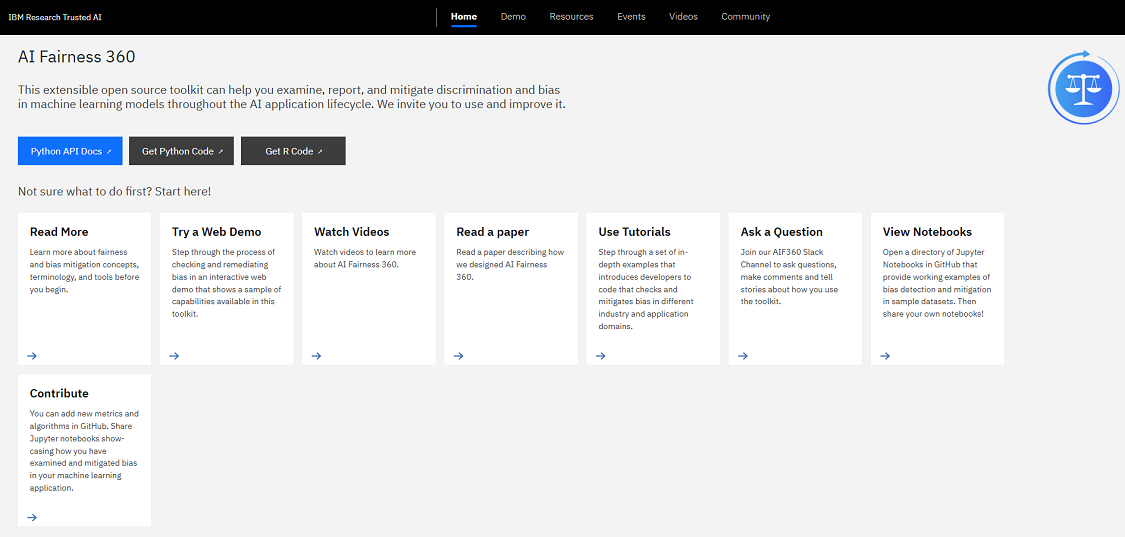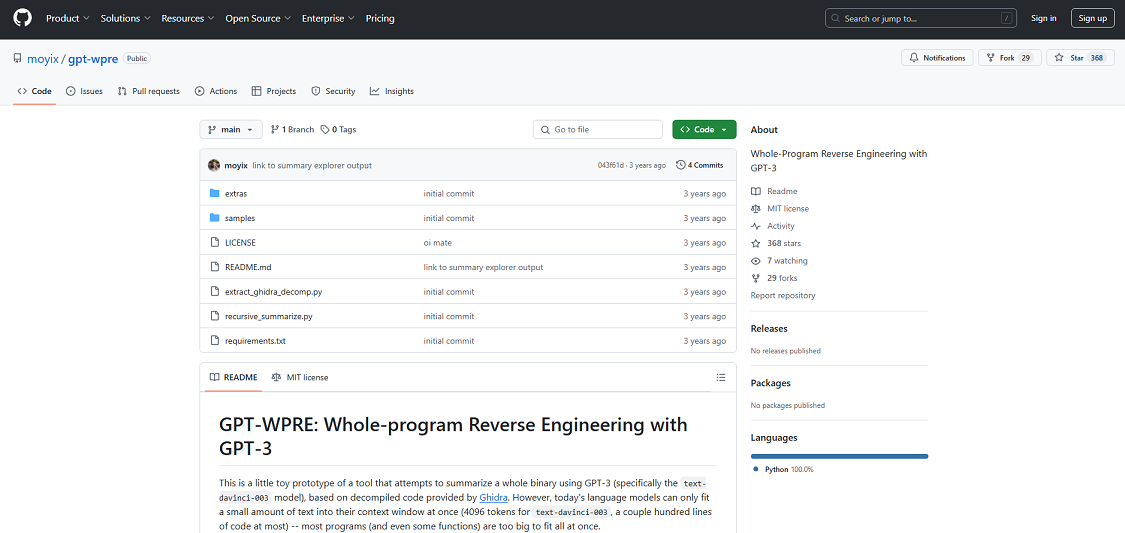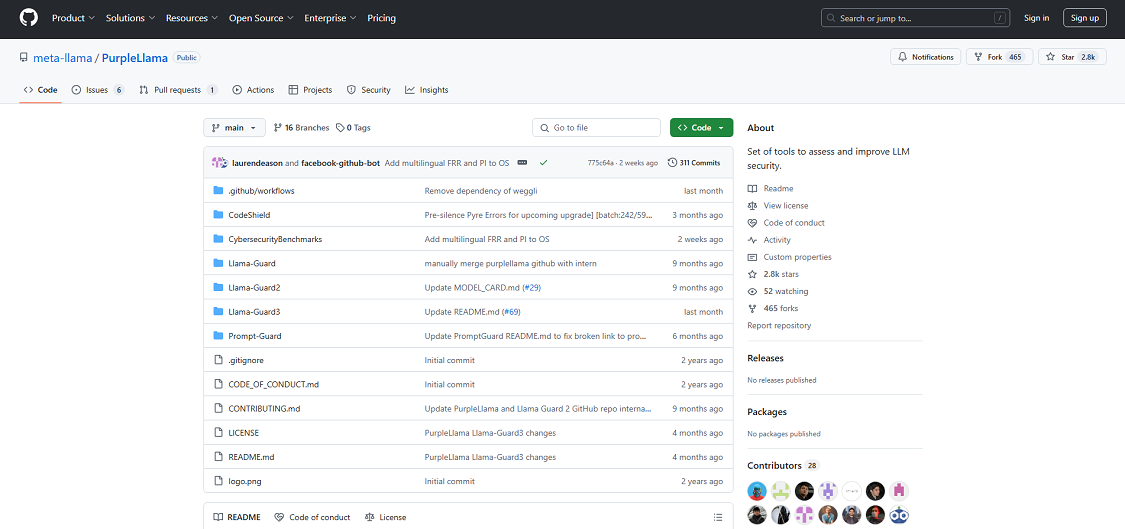Mindgard identified a flaw in Google's Antigravity IDE that shows how traditional trust assumptions break down in AI-driven software.
Fergal Glynn

Red teaming is a valuable tool for identifying weaknesses in organizations’ increasingly complex cyber infrastructure. Unlike pentesting, which only tests a specific application, red teaming tools encompass a broader scope that better represents how malicious parties act in the real world.
Regular red teaming exercises result in a stronger security posture and improved threat detection and response.
Most organizations benefit from once-annual red teaming exercises, although industries like finance and healthcare require more frequent testing. Whether you test annually or more frequently, you need the right red teaming solution in your toolkit. The right red teaming tool simplifies testing, clearly represents findings, and helps you manage next steps after conducting a post-mortem.
The challenge, however, is finding the right red teaming solution for your organization. We’ve identified examples of the best red teaming tools on the market for various use cases, including:
In this guide, we’ll discuss leading red teaming tools and what to look for in a solution. We’ll also share 30 examples of top red teaming tools to help you start your search for the perfect cyber security platform.
Cyber security teams and ethical hackers use red teaming tools to simulate real-world cyber attacks. Instead of harming an organization, red teaming proactively identifies vulnerabilities that attackers will likely exploit. Organizations use the findings from these red teaming tools to improve their overall security posture.
While it might sound similar to penetration testing, a red teaming tool is more advanced because it mimics the complex tactics that real hackers use to gain unauthorized access to your systems. Red teaming tools vary, but they often have these features in common:
Every red teaming tool offers different benefits, but ultimately, this technology helps organizations improve their incident response by testing with simulated real threats.
If you have robust security controls in place, red teaming tools will tell you whether these measures are functioning as intended—or if it’s time to make changes.
Red teaming tools offer structure and helpful frameworks for your testing team. However, these tools differ a lot, so follow these best practices to purchase an effective red teaming tool for your organization:
Red teaming tools are invaluable for boosting cyber defenses. However, there are many solutions on the market. We encourage you to evaluate at least three solutions to find the best option for your team.
Jumpstart your search by checking out these examples of some of the best tools for red teaming.

Artificial intelligence (AI) is a tremendous asset to your organization, and malicious actors want privileged access to this valuable resource. Mindgard’s DAST-AI platform automates red teaming at every stage of the AI lifecycle, supporting end-to-end security.
Thanks to its continuous security testing and automated AI red teaming, our solution is one of the best tools for red teaming. For more hands-on assistance, Mindgard also offers AI red teaming services and artifact scanning. Check out this video to learn more:
Schedule your Mindgard demo now to automatically build a more resilient cyber infrastructure.
Key features:

Garak is a large language model (LLM) vulnerability scanner maintained by NVIDIA. This open-source project helps red teams identify common weaknesses in AI models, including data leakage and misinformation.
The tool also automatically attacks AI models to assess their performance in different threat scenarios.
Key features:

The Python Risk Identification Toolkit is part of Microsoft’s AI red team exercise toolkit. As the name implies, PyRIT is a Python toolkit for assessing AI security, and it can be used to stress test machine learning models or manage adversarial inputs.
It’s an incredibly robust solution—in fact, Microsoft uses it to test its generative AI systems, such as Copilot.
Key features:

AIF360 is IBM’s open-source toolkit for testing machine learning models. It excels at assessing vulnerabilities and mitigates discrimination and bias in machine learning models.
This red teaming tool is ideal for industries where fairness and equity are paramount, such as finance or healthcare. AIF360 also includes dataset metrics, bias testing models, and algorithms for mitigating bias.
Key features:

Foolbox is designed to fool neural networks by creating adversarial examples. Its goal is to test a machine learning model’s defenses, allowing programmers to create stronger models in the future.
Foolbox comes with a library of decision-based attacks designed to test even the most advanced neural networks.
Key features:

Datasets are key to AI and ML models, and you can visualize your data with Meerkat’s open-source interactive features.
This Python library is particularly helpful for processing unstructured data in ML models. It easily processes images, text, audio, and other unstructured data types to improve performance and security.
Key features:

Lock down your NLP data and models with Granica. This tool looks for sensitive information in cloud data lake files and prompts to safeguard them from malicious use. Don’t worry about cleaning or securing data manually—Granica makes data AI-ready at scale.
Key features:
The above red teaming tools are great examples of some of the best red teaming tools available with various features and capabilities, but there are plenty of reputable solutions on the market to consider.
Check out this alphabetical list of some of the best red teaming tools, complete with a list of their standout features.

Malicious actors want access to AI models and their data. This red teaming tool by Borealis AI, which is backed by the Royal Bank of Canada, specializes in adversarial robustness.
AdvertTorch generates adversarial attacks and teaches AI how to defend against these examples through training scripts.
Key features:

The Adversarial Robustness Toolbox (ART) helps red teams test the security of machine learning models. IBM developed this tool, which helps organizations measure their models’ readiness for mitigating threats.
It even includes an open-source library for adversarial tests, offering readymade red team testing tools for generating attacks and evaluating models.
Key features:

Automate attacks to test your LLM with BrokenHill, which generates jailbreak attempts. It specializes in greedy coordinate gradient (GCG) attacks and incorporates some algorithms from nanoGCG.
Key features:

Funny name aside, BurpGPT is a trusted tool for web security testing. It integrates with OpenAI LLMs to automate vulnerability scanning and traffic analysis. This paid red teaming tool quickly identifies more advanced security issues that other scanners often overlook, keeping your models safe in an increasingly complex threat landscape.
Key features:

AI tools perform best when they have robust training on adversarial attacks. CleverHans is a helpful red teaming tool that does just that.
This open-source Python library gives your team access to attack examples, defenses, and benchmarking. Google Brain previously supported it, and the University of Toronto currently maintains it.
Key features:

Counterfit is a command-line interface (CLI) that automatically assesses machine learning security. Maintained by Microsoft’s AI Security team, Counterfit simulates attacks to identify vulnerabilities.
While it works with open-source models, this red teaming tool can even work with proprietary models.
Key features:

Dreadnode’s Crucible red teaming tool helps developers practice and learn about common AI and ML vulnerabilities. It also helps red teams test these models in hostile environments and pinpoint issues that need addressing.
Key features:

Galah is a web honeypot that supports LLMs like OpenAI, GoogleAI, Anthropic, and more. Thanks to its LLM foundation, this honeypot dynamically writes responses to any HTTP request.
It also reduces API costs by caching responses, preventing identical requests.
Key features:

Have you ever needed to understand a function and its variables quickly? Gepetto speeds up the reverse engineering process by automatically explaining functions and even renaming their variables.
However, this Python plugin uses GPT models to generate explanations and variables, so take its suggestions with a grain of salt.
Key features:

Tenable developed Ghidra, a set of scripts for analyzing and annotating code.
Its extract.py Python script extracts decompiled functions, while the g3po.py script uses OpenAI’s LLM to explain decompiled functions. In practice, these tools help automate the reverse engineering process.
Key features:

GPT-WPRE is another red teaming tool perfect for reverse engineering entire programs, and using Ghidra’s code decompilation tool allows you to summarize a whole binary.
While this tool has limitations, many developers find its natural language summaries helpful for understanding the context behind different functions.
Key features:

Guardrails adds safeguards to LLMs that bolster them against the latest threats. This Python framework runs application guards to detect, quantify, and mitigate risks. It also generates structured data from LLMs.
Key features:

Reverse engineer models with IATelligence’s Python script. This tool uses OpenAI to understand scripts and look for potential vulnerabilities, making it invaluable for quickly understanding API vulnerabilities in existing malware.
Key features:

Inspect is a red teaming tool for evaluating LLMs. Created by the UK AI Safety Institute, it includes features for everything from benchmark evaluations to scalable assessments.
Key features:

Jailbreak attacks cause LLMs to generate harmful outputs; Jailbreak-evaluation assesses how well an AI model performs against these types of adversarial attacks.
Key features:

Fuzzing is a technique for giving a computer program invalid or unexpected inputs, and LLMFuzzer is the first open-source fuzzing tool specifically designed for conducting AI fuzzing tests.
While it isn’t actively maintained, internal development teams can still use this free tool to assess LLM APIs.
Key features:

How well does your LLM work? This tool tests your model’s performance on natural language processing and 60 other benchmarks.
While it’s designed for academics and researchers, the LM Evaluation Harness is also helpful for comparing your model’s performance against other datasets.
Key features:

Mend AI Red Teaming identifies risks unique to your conversational AI with prebuilt, customizable tests. It verifies your AI powered application’s security against threats like prompt injection, context leakage, data exfiltration, biases, and hallucinations that can lead to unintended consequences.
Key features:

Detect and mitigate vulnerabilities in your LLM with Plexiglass. This simple red teaming tool has a CLI that quickly tests LLMs against adversarial attacks.
Plexiglass gives complete visibility into how well LLMs fend off these attacks and benchmarks their performance for bias and toxicity.
Key features:

Organizations using Microsoft 365 will appreciate this red teaming tool from Zenity, as Power Pwn is designed specifically for Azure-based cloud services, including Copilot.
Key features:

Meta developed the popular Purple Llama tool, which provides benchmark evaluations for LLMs. This set of red teaming tools includes multiple applications for building safe, ethical AI models and prevents malicious prompts.
Key features:

SecML is developed and maintained by the University of Cagliari in Italy and cybersecurity company Pluribus One. This open-source Python library performs security evaluations for machine learning algorithms.
It supports many algorithms, including neural networks, and can even wrap models and attacks from other frameworks.
Key features:

Red teams train with tools like TextAttack, a Python framework for testing natural language processing (NLP) models. This platform improves security and function by training both your NLP models and red team.
It also gives users access to a library for text attacks, allowing red teams to test NLPs against the latest text-based threats.
Key features:

ThreatModeler’s platform specializes in threat modeling for commercial purposes. It isn’t open-source, but this paid solution specifically supports threat modeling and red teaming for AI models.
You can rely on this tool to simulate attacks and evaluate your AI’s response.
Key features:

Prompt injections, jailbreaks, and other threats can cause serious harm to both your AI or ML model and organization. Vigil is a security scanner that assesses prompts and responses to detect these issues.
This Python library offers multiple scan modules and supports custom detections with YARA signatures, but this red teaming tool is in its early stages—it’s for experimental or research purposes only.
Key features:
Robust Intelligence offers an end-to-end security and safety platform for AI. It tests models during development and continues monitoring them in production.
It runs algorithmic red teaming, feeding many test inputs into a model, hunting for weaknesses like prompt injection, data poisoning, privacy leaks, or other safety and security issues. Then it recommends guardrails tailored to that model.
Key features:
Protect AI offers pre-deployment and continuous testing via Recon. Recon simulates adversarial attacks against generative AI pipelines. It helps catch vulnerabilities like prompt injection, data leakage, or model misuse before they hit production.
Protect AI integrates with existing security workflows. The platform supports multiple model formats and deployment environments.
Key features:
If you’re looking for a comprehensive AI security platform, Mindgard is a leading solution that offers extensive model coverage for LLMs as well as audio, image, and multi-modal models.
Mindgard helps organizations detect and remediate AI vulnerabilities that only emerge at run time. It seamlessly integrates into CI/CD pipelines and all stages of the software development lifecycle (SDLC), enabling teams to identify risks that static code analysis and manual testing miss.
Mindgard is designed not just for point-in-time red teaming but as part of a holistic posture management approach. It supports AI Security Posture Management (AI-SPM) by continuously monitoring model behaviour, tracking red teaming findings over time, supporting policy enforcement, and integrating into CI/CD pipelines. This enables organizations to not only detect issues but also ensure they stay remediated, measured, and resilient.
By reducing testing times from months to minutes, Mindgard provides comprehensive AI security coverage with accurate, actionable insights. Book a demo today to learn how Mindgard can help you ensure robust and secure AI deployment.
Red teaming tools simulate real-world cyberattacks on systems, networks, and organizations. By mimicking the tactics, techniques, and procedures (TTPs) of advanced threat actors, these tools help identify vulnerabilities, test defenses, and improve the overall security posture of an organization.
Yes, as long as they’re used with explicit permission. Ethical hackers use these tools frequently to fix vulnerabilities before real attackers can exploit them. However, these tools still need to comply with legal and regulatory requirements.
Both tools assess an organization’s cyber security, but red teaming tools focus on simulating advanced, real-world attack scenarios to holistically test an organization’s defenses.
Penetration testing tools, on the other hand, aim to identify and exploit specific vulnerabilities in a more controlled and scoped manner. Red teaming is often more comprehensive and adversarial.